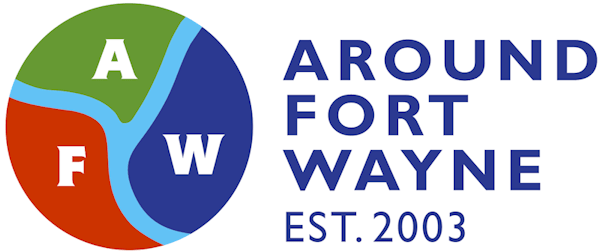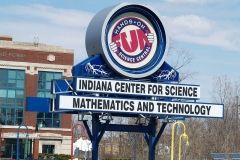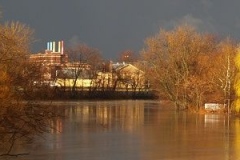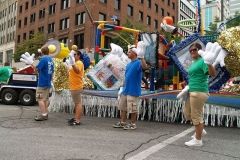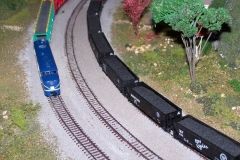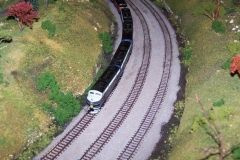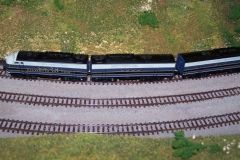![]()
News release from IPFW:
Weather, Robots, Bugs, Lasers, and Snakes Highlight 2012-13 Lunch with an IPFW Scientist Season at Science Central
(October 1, 2012) – Parents: here’s a great way to get your kids off the couch and away from computer or video games. Take your kids to Lunch with an IPFW Scientist at Science Central on the second Saturday of the month, beginning October 13, and let them be dazzled by science! All sessions are at Science Central from 11 a.m. to 12:30 p.m., at a cost of $16 for nonmembers and $10 for members of Science Central. Lunch is included in the price of admission.
2012-13 Program Schedule
October 13, 2012: Observing, Inferring, and Attempting to Predict the Weather, presented by Jeff Nowak, associate professor of science education.
Learn about how a scientist uses different technologies and observational skills when attempting to predict and report the weather. Hands-on activities including making fog, clouds, condensation, convection currents, mini-tornadoes, lightning, rain, weather balloons, and determining how far way a storm is will be provided.
November 10, 2012: “Learning about the World through Sampling,” presented by Yvonne Zubovic, associate professor of mathematics.
To learn information about a group—such as people in Fort Wayne, fish in a lake, or Chips Ahoy cookies—we often observe a random sample rather than the whole group. We’ll do some activities to examine the patterns that emerge through sampling. We’ll then use the math behind these patterns to answer questions about the whole group, such as what is the typical number of chocolate chips in a bag of Chips Ahoy cookies?
December 8, 2012: “Investigate with Lego Robots!” presented by Jacob Millspaw, instructor of physics.
Discover about science and investigations leading to a set of Lego robot related activities. These may include running an obstacle course along with doing actual physical investigations related to light and sound with the sensors from the NXT robots.
January 12, 2013: “Where Do Bugs Go in Winter?” presented by Jordan Marshall, assistant professor of biology.
This session will involve students exploring where and how insects over-winter. Marshall will describe in a brief presentation the different ways insects deal with cold temperatures. Students can then look for over-wintering insects in samples of seeds, fruits, sticks, logs, and soil.
February 9, 2013: “Food, Color, and Music – What Are You in the Mood For?” presented by Michelle Drouin, assistant professor of psychology, and Lesa Rae Vartanian, associate professor of psychology.
Ever wonder why your friend likes broccoli but you don’t? Or why you get so happy when a certain song comes on the radio? Also, what does it mean when someone is feeling ‘blue’? Come and find out as we feel our way through a series of activities, examples, and discussions that will have you looking at, listening to, and tasting the world around you!
March 9, 2013: “LASER: The Light Fantastic!” presented by Mark Masters, professor and chair of physics.
In this presentation/activity, attendees will learn about light, how lasers work, and what lasers are used for. More importantly, attendees will put together a working laser spectrometer and look at laser induced fluorescence (emission of light after a laser light hits some materials).
April 13, 2013: “Patterns in Numbers – Nature’s Mathematics,” presented by Peter Dragnev, professor of mathematics.
Did you know that Nature is the best mathematician? Here is a famous sequence (fill in the blanks yourselves) {1, 1, 2, 3, 5, 8, _, _, _, _, _,…}. For example, the counter clockwise and clockwise spirals in a sunflower head are consecutive numbers in this sequence. So is the number of branches in a tree. Many more examples and hand-on activities will be part of our trip to Nature’s Mathland.
May 11, 2013: “Snake Research,” presented by Bruce Kingsbury, professor of biology.
Professor Kingsbury will talk about snakes and his research on them. He will give some interesting examples from his team’s efforts to learn about snakes, plus tell other snake stories along the way. Participants will try their hands at radio telemetry and meet some critters. All participants will receive a Snakes of Indiana book.
